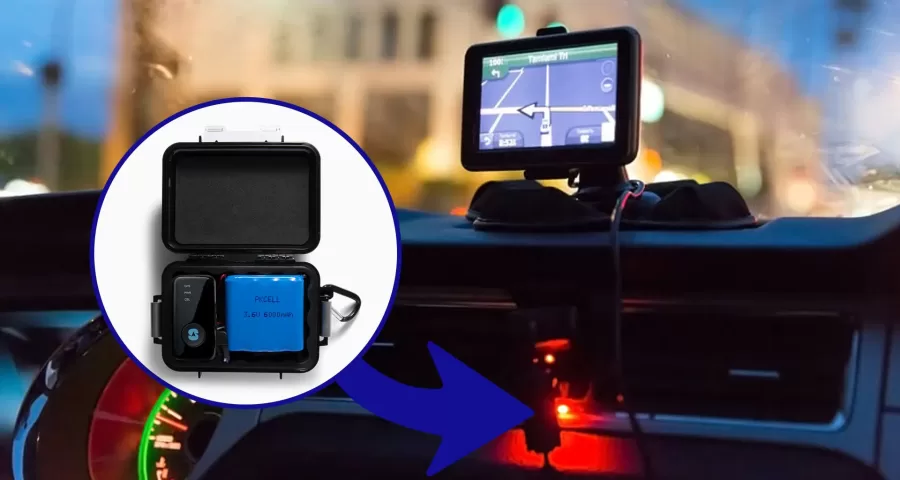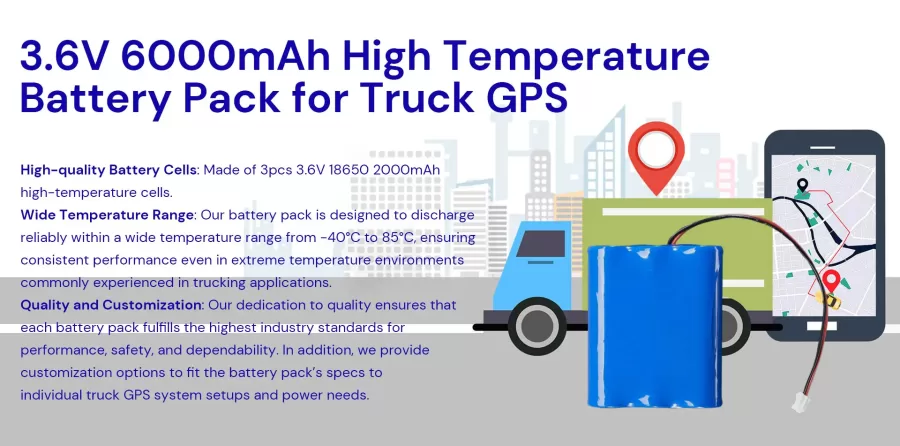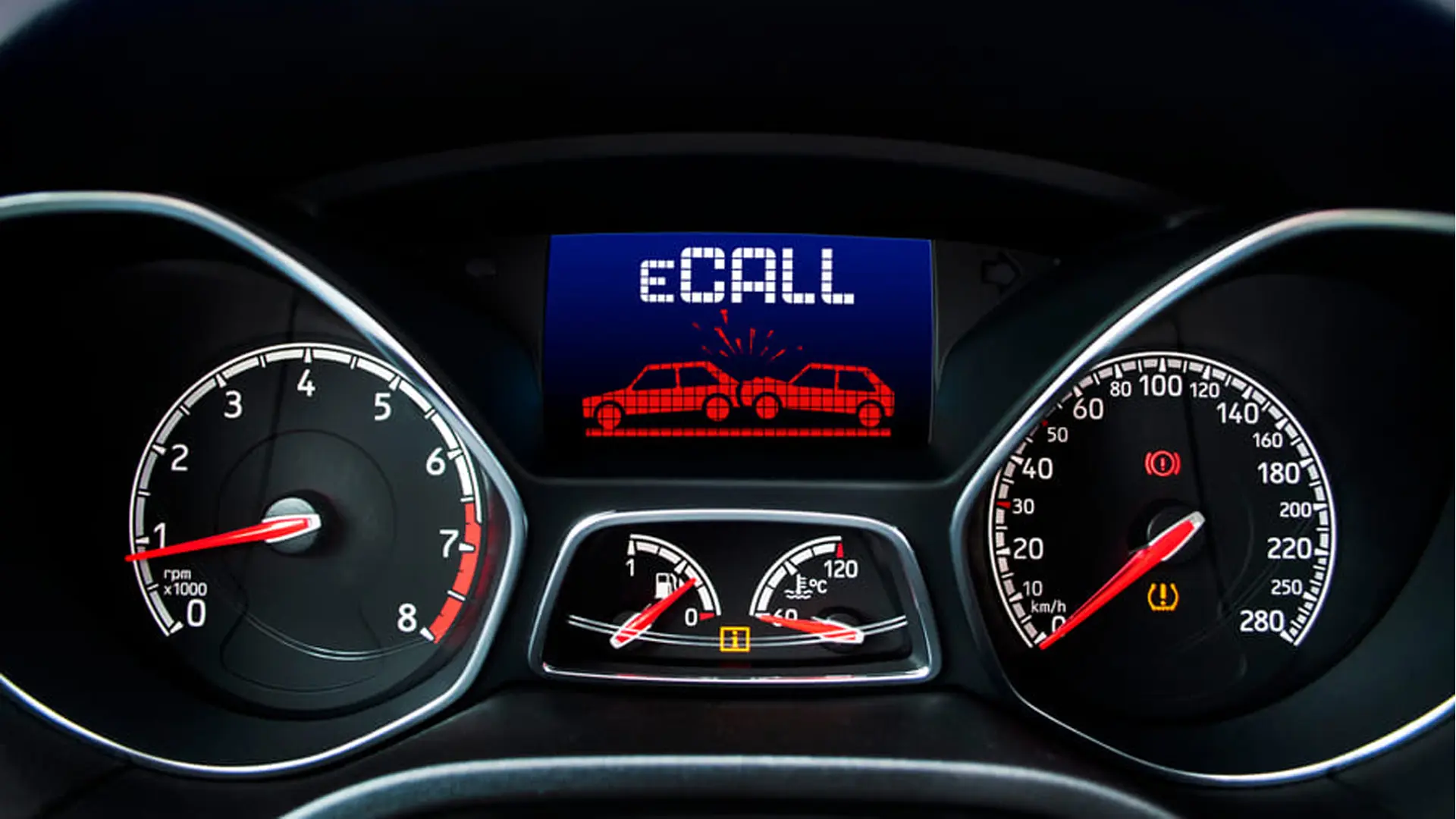In the digital age, GPS trackers not only play a vital role in safeguarding the safety of children’s lives but also help effective cars management. However, one of the common problems is the battery life of the GPS tracker. Choosing the right battery solution with optimal performance and longevity is paramount. This article explores the factors and essential tips for maximizing gps tracker’s long battery life.
Advantages of Custom GPS Tracker’s Long Battery Life
A custom GPS tracker with long battery life offers enhanced safety, tailored design, high performance, and wide operation for your application.
1. Safety and Reliability: Use special encapsulation technology to prevent internal short circuits, ensuring safe and reliable battery performance.
2. Tailored Design: Customized shapes and micro sizes cater to specific IoT device requirements, optimizing space utilization and performance.
3. High Performance: These battery packs support high-rate discharge and rapid charging capabilities, crucial for IoT devices requiring frequent usage and quick recharging cycles.
4. Wide Operating Range: With a wide operating temperature range (-40°C to 85°C), GPS trackers with long battery life are suitable for diverse environmental conditions, ensuring consistent performance across applications.
5. Energy Efficiency: The high energy density of batteries enables long-term tracking for applications demanding large-capacity batteries.
What Factors Affect the Long Battery Life of GPS Trackers?
Battery type, device power consumption, environment temperature, and installation location are important factors that affect the battery life of a GPS tracker. Here are more things you should consider:
1. Battery type determines the longevity of the tracker. Lithium batteries and LiPo batteries perform differently for battery operated GPS tracker. Lithium batteries have a low self-discharge rate, but you need to pay attention to the quality of the battery manufacturer. Although LiPo batteries can be customized into various shapes, they have a high self-discharge rate and a shorter battery life.
2. Frequent positioning and data transmission increase the power consumption of battery-operated GPS tracking. Setting reasonable positioning intervals can extend battery life, such as extending the interval time.
3. High and low temperature environments affect battery capacity and accelerate battery aging.
Low temperatures reduce the activity of battery electrolytes, resulting in a decrease in capacity. High temperatures can accelerate battery aging. Battery life may be shortened in an extreme environment.
4. Wrong installation position affects the GPS Tracker’s battery life. Avoid installing the tracker in high-temperature areas or humid environments, such as the roof, near the exhaust pipe.
Tips to Maintain the Long Battery Life of GPS Tracker
Understanding how to maximize battery life is crucial for the GPS Tracker’s performance. Optimal Charging Practices are crucial for extending the lifespan and efficiency of GPS batteries.
1. Avoid Overcharging and Over-Discharging: Regular charging helps preserve lithium battery integrity when the battery is at low capacity.
2. Use Original Chargers: Opt for the manufacturer’s charger to ensure compatibility and prevent potential damage from third-party chargers.
3. Avoid Unauthorized Modifications: Built-in car GPS lithium batteries should not be tampered with or modified independently.
4. Environmental Protection: Shield GPS devices from extreme conditions and liquid exposure to safeguard battery longevity against corrosion.
The correct approach involves charging the GPS tracker battery when its power is low and disconnecting the charger upon full charge. Due to self-discharge tendencies, GPS batteries can over-discharge if left unused for extended periods. Monthly recharging is recommended to prevent over-discharge, especially for new batteries with initial capacities below 50%. Following the manual’s instructions for regular charging is crucial, preferably using the original charger to maintain battery health.
By adhering to these best practices and providing proper maintenance, the overall service life of car GPS devices aligns with battery durability.
Application of GPS Tracker with Long Battery Life
Vehicle Rental: Long-life GPS tracker battery pack provides real-time positioning, tracks vehicle locations at any time, views historical routes, and generates various driving reports. Long-life GPS batteries ensure uninterrupted operation without compromising the vehicle battery’s lifespan.
Logistics delivery: Long-life battery packs enable GPS-enabled logistics devices to maintain seamless connection, providing real-time transportation status updates for efficient delivery operations. This includes cold chain management, general cargo transportation, and food delivery logistics.
Car SOS system: Long-life GPS tracker battery packs are widely used for car SOS systems.
Outdoor sensor system: The sensor system can detect the status and alert of any danger.
Wildlife and Livestock Management: Livestock industry data can be collected using GPS trackers. Herders can manage to graze, monitor locations, and check health statuses by the app anytime. Apart from pets, an increasing number of people are keeping cats, dogs, and other pets. Pet GPS trackers can effectively mitigate risks associated with pet loss due to negligence.
These are just a few examples of GPS tracker applications, and there are many more we can discuss here. If you’re interested in high-quality, long-lasting GPS batteries, please contact CMB for top-notch solutions.
Click Here for the Truck GPS Battery Pack
CMB’s expertise in providing customized Tracker GPS battery solutions not only enhances IoT efficiency but also ensures seamless operation and reliability across diverse applications. By prioritizing safety, performance, and tailored design, CMB empowers IoT deployments to achieve optimal functionality and longevity. When you inquire about CMB’s battery solutions, please reach out to us to explore the possibilities of powering your IoT innovations.







